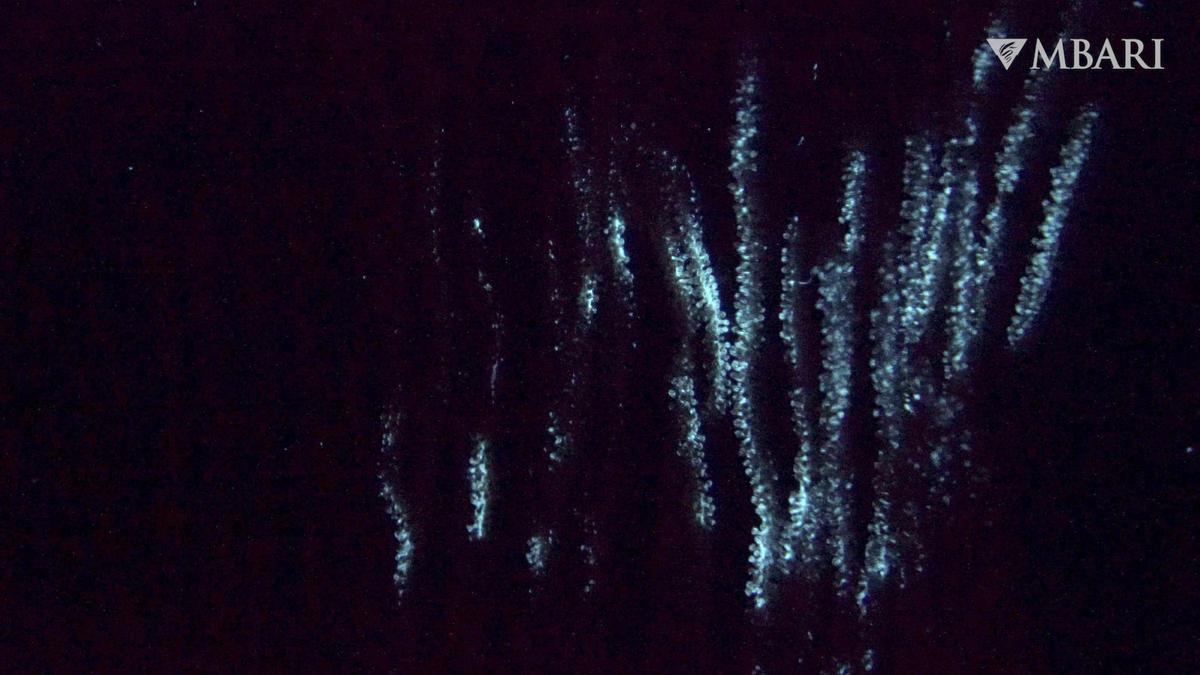
Bioluminescence is a truly remarkable phenomenon that involves the production of visible light through a chemical reaction in living organisms. This unique form of chemiluminescence is made possible by two key chemicals, luciferin and luciferase, that must be present for an organism to glow. Scientists have yet to fully understand the purpose or function of bioluminescence, but believe it can serve a variety of purposes in animals, including locating food, defending against predators, attracting mates, and communicating.
One fascinating adaptation related to bioluminescence is counterillumination. Some species of squid and deep-sea fishes have photophores concentrated on their underside, which helps them blend in with the environment and remain less visible to predators viewing them from below. This form of camouflage is crucial for survival in the depths of the ocean.
Despite being most commonly blue-green, bioluminescent animals can emit a variety of colors. Red light emission is seen in some animals, while the gossamer worm releases a glowing yellow fluid, making it one of the rare instances of this natural phenomenon. The diversity of colors emitted by bioluminescent organisms adds to the mystery and beauty of this fascinating adaptation in the animal kingdom.
In conclusion, bioluminescence is a truly unique and fascinating phenomenon that has captured the attention of scientists and researchers alike for years. While we still have much to learn about its purpose and function in animals, its ability to help these creatures survive and thrive in their environments makes it all the more intriguing.







